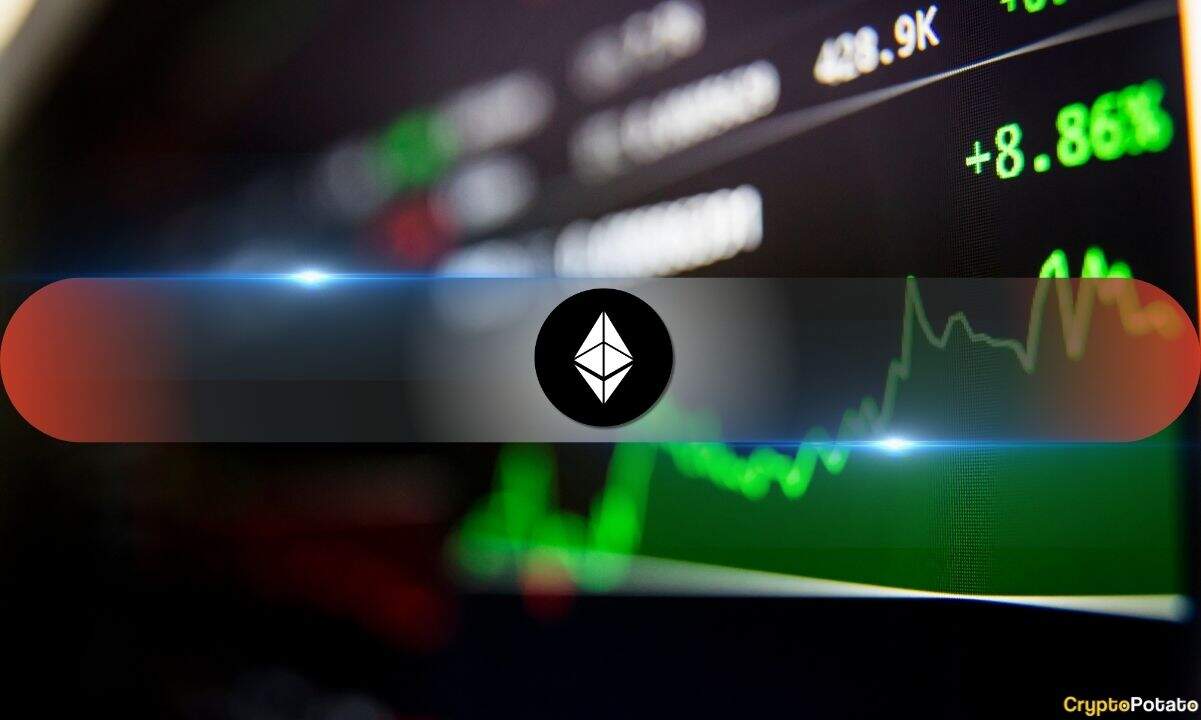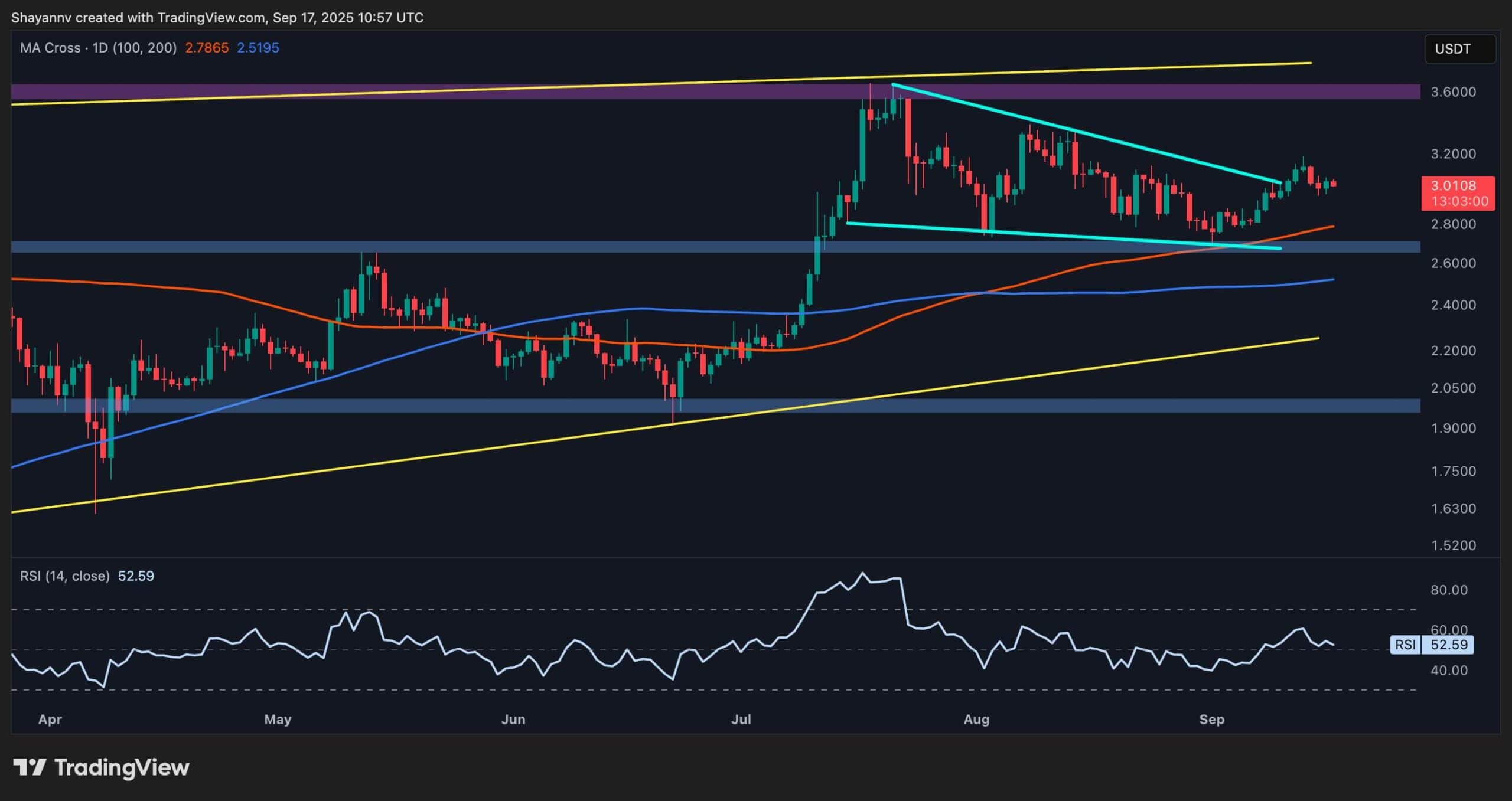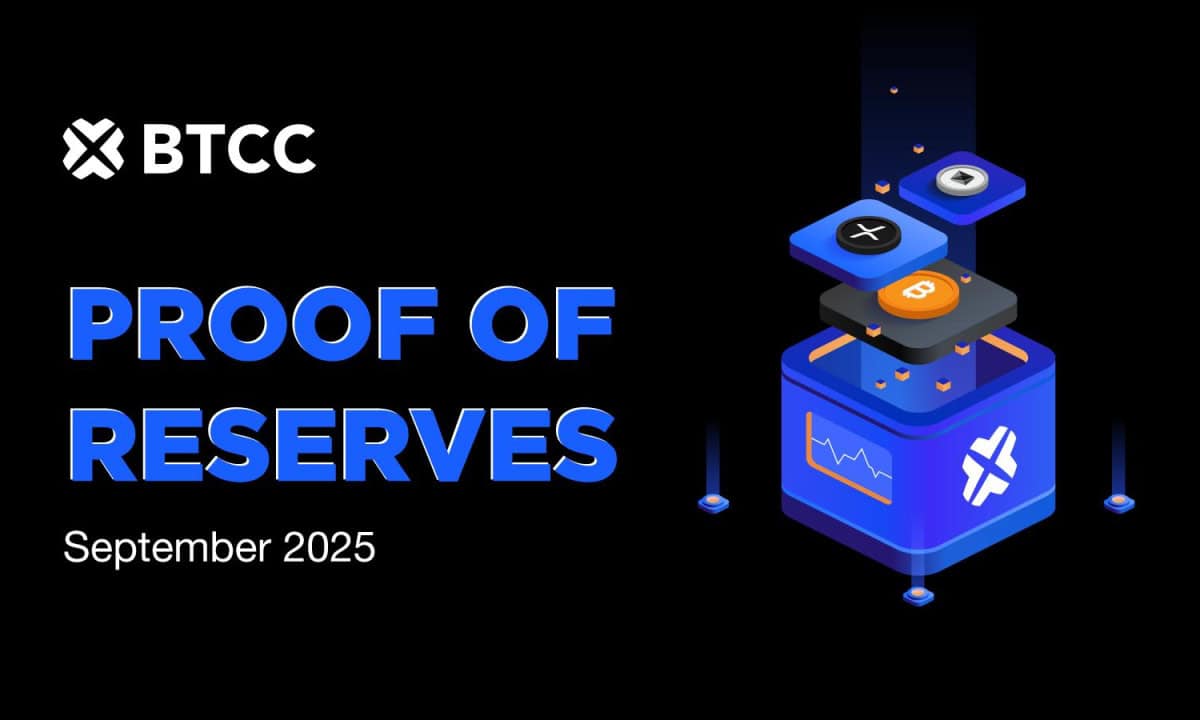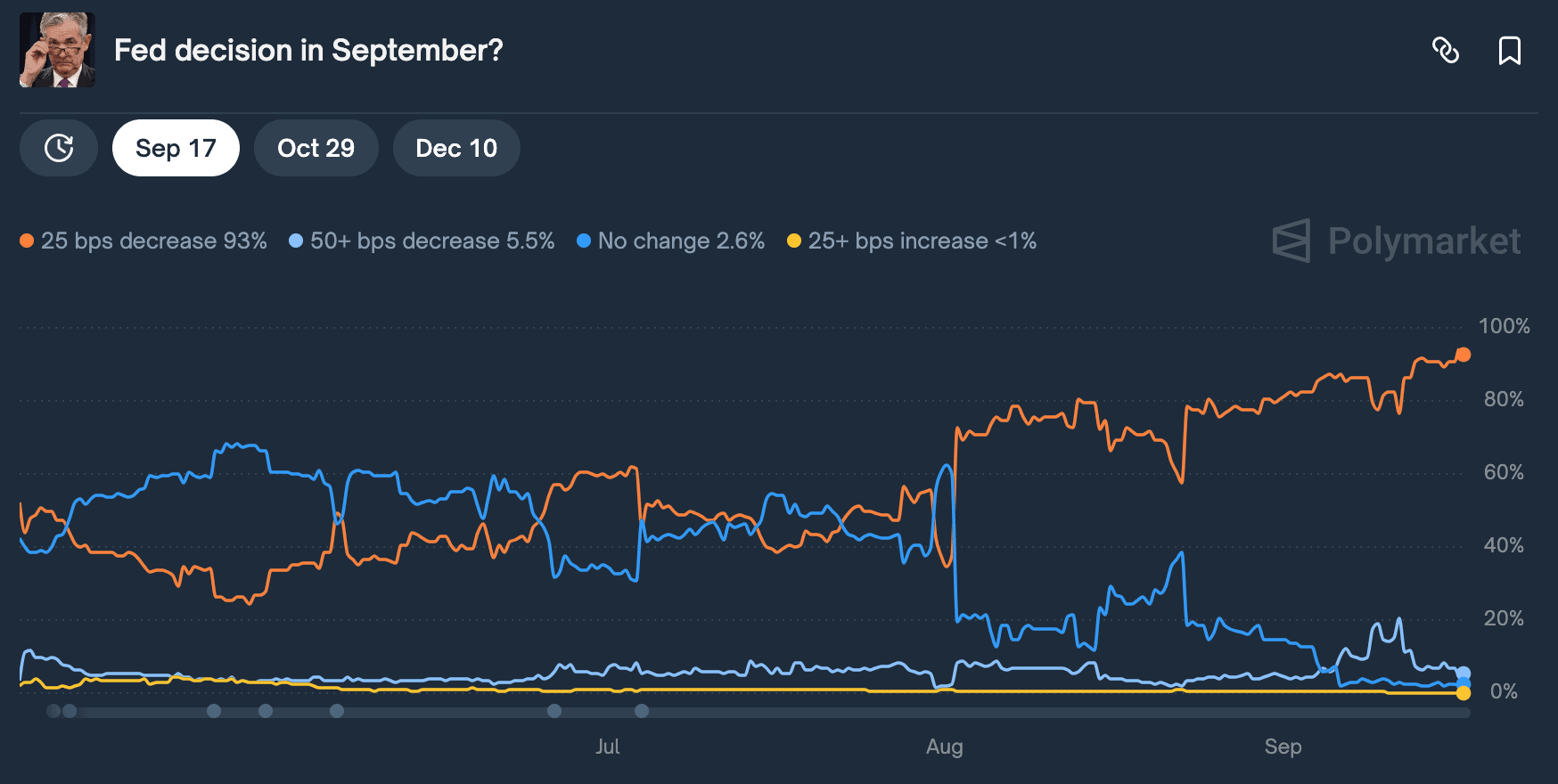Corporate Treasuries Are Tightening Ethereum (ETH) Supply

Ethereum-focused digital asset treasuries are scaling at a fast pace. This corporate adoption is highlighting the altcoin’s “dual role” as a reserve asset and on-chain yield generator.
While this trend is expected to improve liquidity and network engagement, CoinMetrics believes that it also introduces risks related to leverage, funding, and prudent capital allocation.
Corporate ETH Holdings
In the latest edition of ‘State of the Network,’ Coin Metrics said Ethereum corporate treasuries have accumulated 2.2 million ETH, which is about 1.8% of the crypto asset’s total supply, since July. Five major companies lead this trend, financing purchases through equity raises such as public share offerings or PIPE transactions – Bitmine Immersion Technologies, SharpLink Gaming, The Ether Machine, Bit Digital, and BTCS Inc.
Bitmine alone holds 0.95% of ETH’s supply and aims for 5%. This expansion intersects with Ethereum’s proof-of-stake issuance framework, where rewards are distributed to validators and transaction fees are partially burned.
Such a mechanism can shift Ethereum’s net issuance between inflationary and deflationary states. Large-scale corporate buying may amplify these shifts and would potentially tighten supply during deflationary periods or counteract inflationary pressures.
Since the Merge, Ethereum’s net supply has increased by 454.3K ETH, with 2.44 million issued and 1.98 million burned. Since July, corporate ETH treasuries have acquired more than this net increase, while Ether ETFs continue to absorb supply from Ethereum’s 107.2 million free float. With 29% staked and 8.9% in smart contracts, the liquid supply is tightening.
Unlike Bitcoin’s halving-driven reduction, Ethereum’s inflationary model makes this demand surge significant. Hence, CoinMetrics warns that steady accumulation could magnify price sensitivity to demand shifts.
Most ETH corporate treasuries are still accumulating holdings, though some are starting to deploy capital on-chain through staking and DeFi. SharpLink Gaming has staked most of its ETH, BTCS Inc. earns yield via Rocket Pool, and The Ether Machine and ETHZilla are preparing for active on-chain management. Staking currently offers 2.95% nominal and 2.15% real yield, generating income while supporting network security.
Liquid staking tokens like stETH are also used in DeFi, which adds liquidity and allows capital-efficient borrowing. On Aave v3, for instance, ETH and stETH create a pool of around 1.1 million ETH, which could grow as treasuries participate.
With Ethereum mainnet handling 1.7-1.9 million daily transactions at low fees, scaled treasury deployment could increase blockspace demand, boost liquidity, and enhance fee revenue. This, in turn, can create a “positive feedback loop” that strengthens staking participation, DeFi depth, and overall network activity.
Treasury Impact on Ethereum Network Health
Publicly listed ETH treasuries are expanding their on-chain footprint. The results of their financial performance carry potential consequences for Ethereum’s long-term network health, according to CoinMetrics. Significant long-term positions can decrease circulating supply, increase legitimacy, and deepen liquidity, but corporate risks like high leverage, concentration, or operational challenges could ripple through the network.
Market conditions and investor sentiment influence treasury decisions. Strong balance sheets and confidence encourage increased participation. On the other hand, sharp price declines, tighter liquidity, or overleveraging may lead to asset sales and lower on-chain activity.
Binance Free $600 (CryptoPotato Exclusive): Use this link to register a new account and receive $600 exclusive welcome offer on Binance (full details).
LIMITED OFFER for CryptoPotato readers at Bybit: Use this link to register and open a $500 FREE position on any coin!




